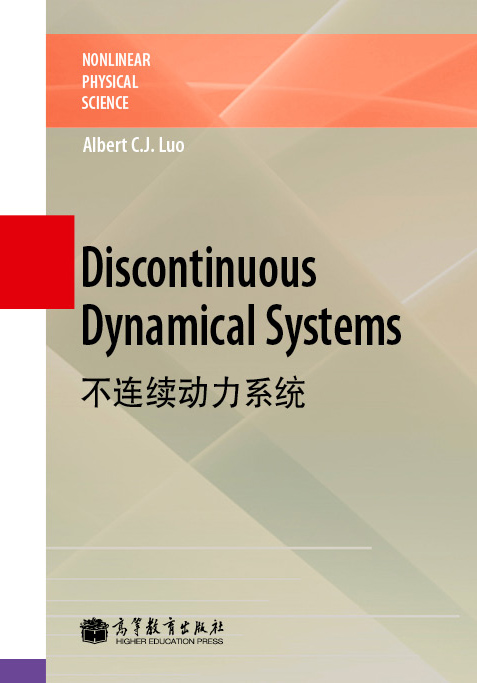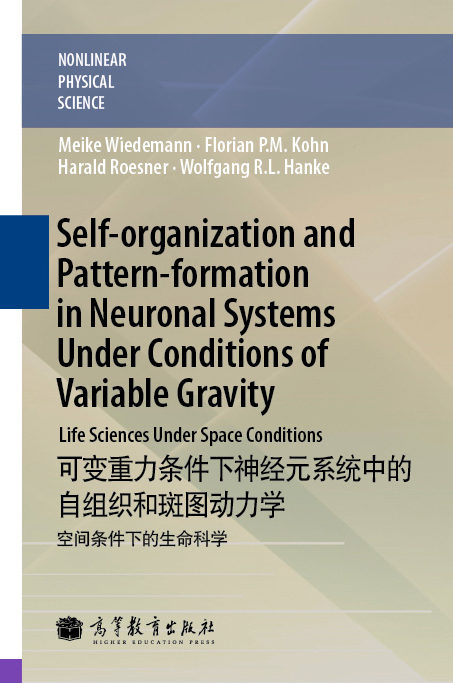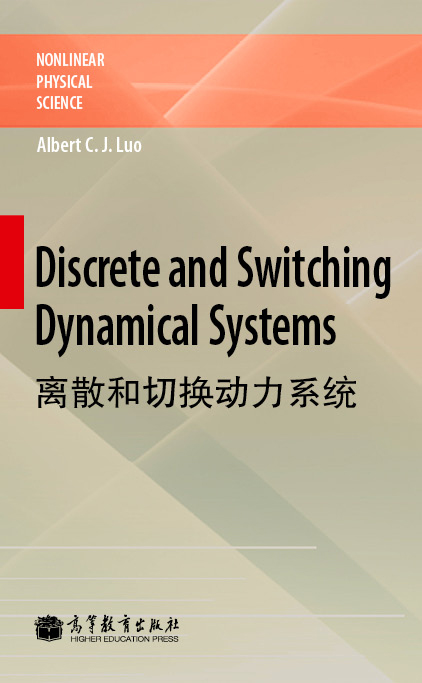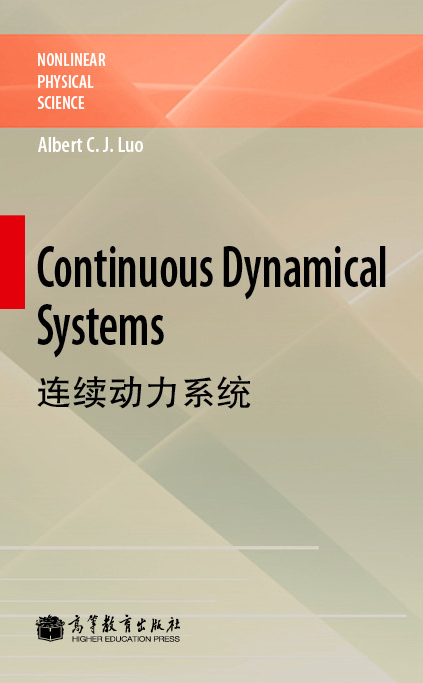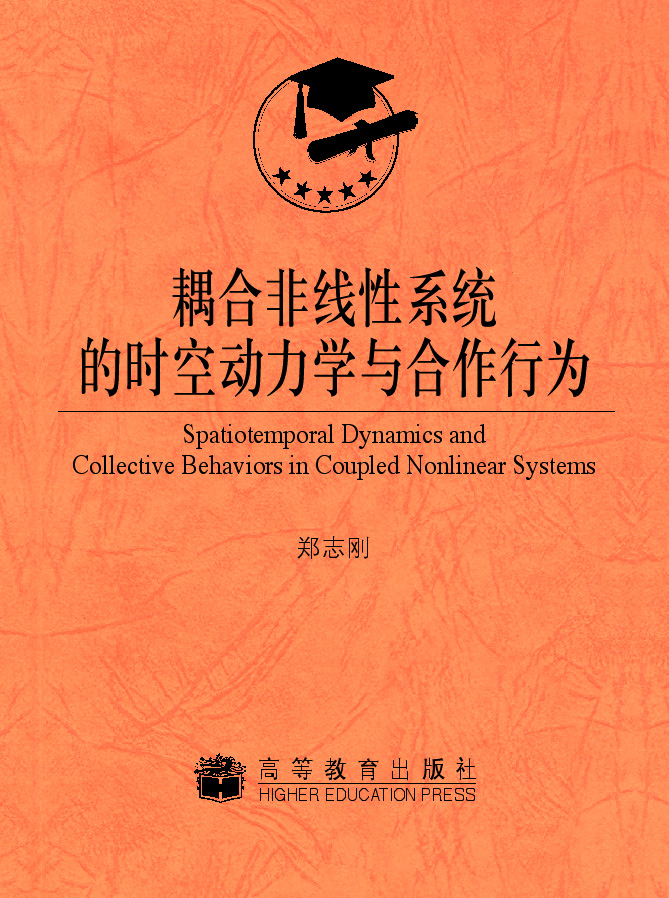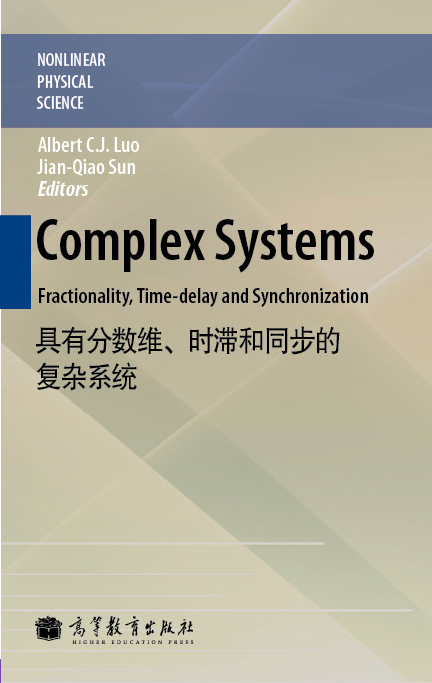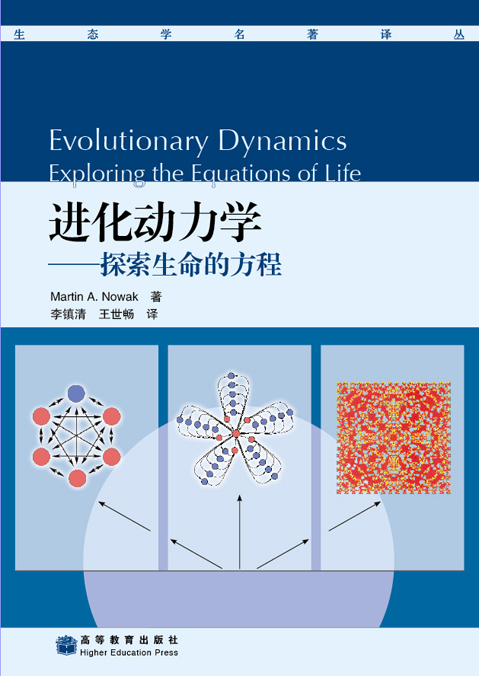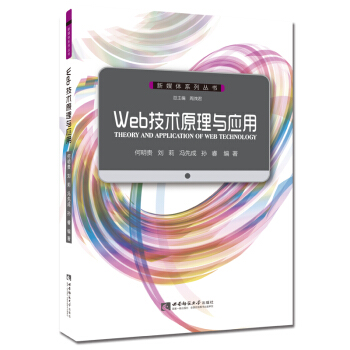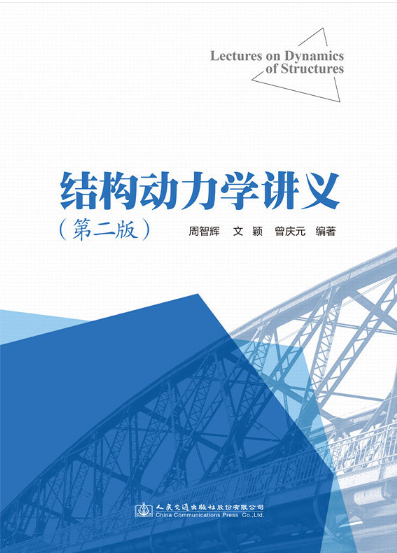不连续动力系统(英文版)
作者: 罗朝俊
出版时间:2011-07
出版社:高等教育出版社
- 高等教育出版社
- 9787040319576
- 1版
- 227508
- 48266025-5
- 精装
- 16开
- 2011-07
- 860
- 692
- 理学
- 数学类
- N941.3
- 应用数学、物理、力学
- 研究生及以上
《不连续动力系统(英文版)》是关于不连续动力系统动力学及其流转换性理论的专著、本专著提供了研究动力系统网络动力学及其行为复杂性的数学基础。《不连 续动力系统(英文版)》介绍的不连续动力系统中的障碍向量场理论将彻底改变人们在动力学系统中传统的思维方式;棱上动力学及其流转换复杂性理论是人们讨论 动力学系统的低维网络通道吸引的数学基础;具有多值向量场的流对其边界、棱和顶点的跳跃流理论给小厂动力系统网络的“台球”理论的数学基础;动力系统的相 互作用理论是动力系统网络中的普适性原理,并应用于动力系统同步。
《不连续动力系统(英文版)》可作为应用数学、物理、力学及控制领域的大学师生及科研人员的参考书。
chapter 1 introduction
1.1. a brief history
1.2. book layout
references
chapter 2 introduction to flow passability
2.1. domain accessibility
2.2. discontinuous dynamical systems
2.3. flow passability
2.4. grazing flows
2.5. switching bifurcations of passable flows
2.6. switching bifurcations of non-passable flows
2.7. an application: a frictional oscillator
2.7.1. grazing phenomena
2.7.2. sliding motion
references
chapter 3 singularity and flow passability
3.1. real and imaginary flows
3.2. g-functions and vector field decomposition
3.3. passable flows
3.4. non-passable flows
3.5. grazing flows
3.6. flow switching bifurcations
3.7. first integral quantity increments
3.8. an example
3.8.1. conditions for sliding and grazing
3.8.2. periodic motions
3.9. concluding remarks
references
chapter 4 flow barriers and switchability
4.1. flow barriers for passable flows
4.1.1. coming flow barriers
4.1.2. leaving flow barriers
4.1.3. passable flows with both flow barriers
4.2. flow barriers for sink flows
4.3. flow barriers for source flows
4.3.1 boundary flow barriers
4.3.2. leaving flow barriers
4.4. sink flows with flow barriers
4.5. an application
4.5.1. switchability conditions
4.5.2. illustrations
4.6. concluding remarks
references
chapter 5 transport laws and multi-valued vector fields
5.1. discontinuity classification
5.2. singular sets on boundary
5.3. forbidden boundary and boundary channels
5.3.1. forbidden boundary
5.3.2. boundary channels
5.4. domain and boundary classifications
5.4.1. domain classification
5.4.2. boundary classifications
5.5. transport laws
5.6. multi-valued vector fields and bouncing flows
5.6.1. bouncing flows
5.6.2. extended passable flows
5.7. a controlled piecewise linear system
5.7.1. passable and bouncing conditions
5.7.2. illustrations
references
chapter 6 switchability and attractivity of domain flows
6.1. dynamical systems on edges
6.2. edge classification and mirror domains
6.3. domain flow properties to convex edges
6.4. domain flow switchability to convex edges
6.5. transverse grazing passability to concave edges
6.6. domains flow attractivity
6.6.1. attractivity to boundary
6.6.2. attractivity to edge
6.7. multi-valued vector fields switching at edges
6.7.1. bouncing domain flows at edges
6.7.2. extended passable domain flows to edges
references
chapter 7 dynamics and singularity of boundary flows
7.1. boundary flow properties
7.2. boundary flow switchability
7.3. switchability of boundary and domain flows
7.4. boundary flow attractivity
7.5. boundary dynamics with multi-valued vector fields
7.5.1. bouncing boundary flows
7.5.2. extended passable boundary flows
references
chapter 8 edge dynamics and switching complexity
8.1. edge flows
8.2. edge flow switchability
8.3. edge flow attractivity
8.4. edge dynamics with multi-valued vector fields
8.4.1. bouncing edge flows
8.4.2. extended passable edge flows
8.5. a frictional oscillator with two-degrees of freedom
8.5.1. domains, edges and vector fields
8.5.2. analytical conditions
8.5.3. mapping structures and numerical illustrations
references
chapter 9 dynamical system interactions
9.1. introduction to system interactions
9.1.1. system interactions
9.1.2. discontinuous description
9.1.3. resultant dynamical systems
9.2. fundamental interactions
9.3. interactions with singularity
9.4. interactions at edges
9.5. application to system synchronization
9.5 1. discontinuous description
9.5.2. flow switchability on boundaries
9.5.3. synchronization invariant sets and mechanism
9.5.4. illustrations for synchronization
references
subject index

